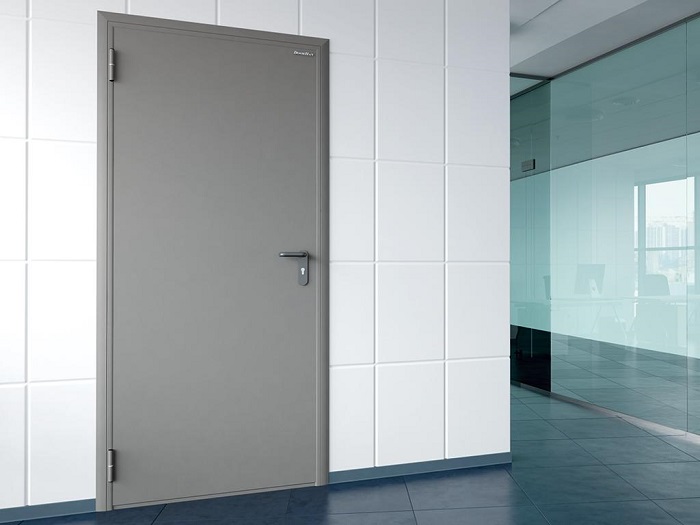Ensuring the safety of premises is crucial to protecting people and property from potential fires. Fire doors are a key element of a fire protection system, as they must promptly contain the spread of fire and smoke. Regular inspection of these doors helps ensure their proper functioning and compliance with all regulatory requirements.
It is recommended that qualified professionals with proper certifications. be engaged to conduct this inspection. Only specialists with the appropriate training can properly assess the condition of the doors, identify possible defects, and recommend solutions. Failure to comply with inspection requirements can lead to serious consequences and fines for violating fire safety regulations.
Step-by-step inspection of fire doors before use
Proper inspection includes consistent steps that allow for the identification of potential malfunctions and their prompt rectification. This approach ensures reliable protection in the event of a fire and compliance with fire safety requirements at the facility.
Step-by-Step Inspection of a Fire Door
- External Inspection of the Door: Check for cracks, damage, deformation, and signs of corrosion. Ensure the surface is clean and free of any dirt that could interfere with the proper operation of the mechanism.
- Checking the Closing and Locking Mechanism: Open and close the door, ensuring that it moves easily and smoothly along the tracks and locks without binding. Ensure that the latches and bolts engage securely and without difficulty.
- Automatic Closing Test: Activate the automatic mechanism (e.g., an electric smoke alarm or door closer), ensuring that the door closes completely and tightly. If electromechanical devices are present, check their operation from the power source.
- Check the presence and serviceability of the seal: ensure that the seals around the door perimeter are intact, not worn, and provide a seal that retains smoke and heat in a timely manner.
- Check for markings and certificates: ensure that the door has all the necessary documents confirming its compliance with fire safety requirements.
- Test the handle and unlock mechanism: the handle should turn easily, and the locking mechanism should function without sticking. Lubricate if necessary.
How to determine whether a fire door complies with established regulations
The main criteria for evaluation include the presence of mandatory certificates, compliance with technical requirements, and a visual inspection of the structure. Following these steps consistently will help ensure the door is safe and legal to use.
Key Steps for Checking Fire Door Compliance
- Check for Certificates and Declarations: Ensure the door has all the necessary documents confirming compliance with standards.
- Inspect Technical Specifications: Check the thickness, material, presence of fire seals, and manufacturer’s markings.
- Assess the Condition of the Structure: Visually inspect the door leaf and frame for damage and wear.
- Check the Functionality of the Opening Mechanism: Ensure the door opens and closes easily and maintains a tight seal.
- Fire Resistance Testing: If possible, conduct or order testing from a certified laboratory.
Recommended Tools and Tips
- Use certified measuring tools to determine the thickness and Airtightness.
- Pay attention to visual signs of wear and damage.
- Conduct regular inspections and record the results in a maintenance log.
To confirm the fire door’s compliance with regulatory requirements, a comprehensive inspection must be conducted using documentation, technical specifications, and a visual inspection. Consistent adherence to regulations and all recommendations will ensure reliable protection and compliance with all fire safety standards.













Оставить коммент.